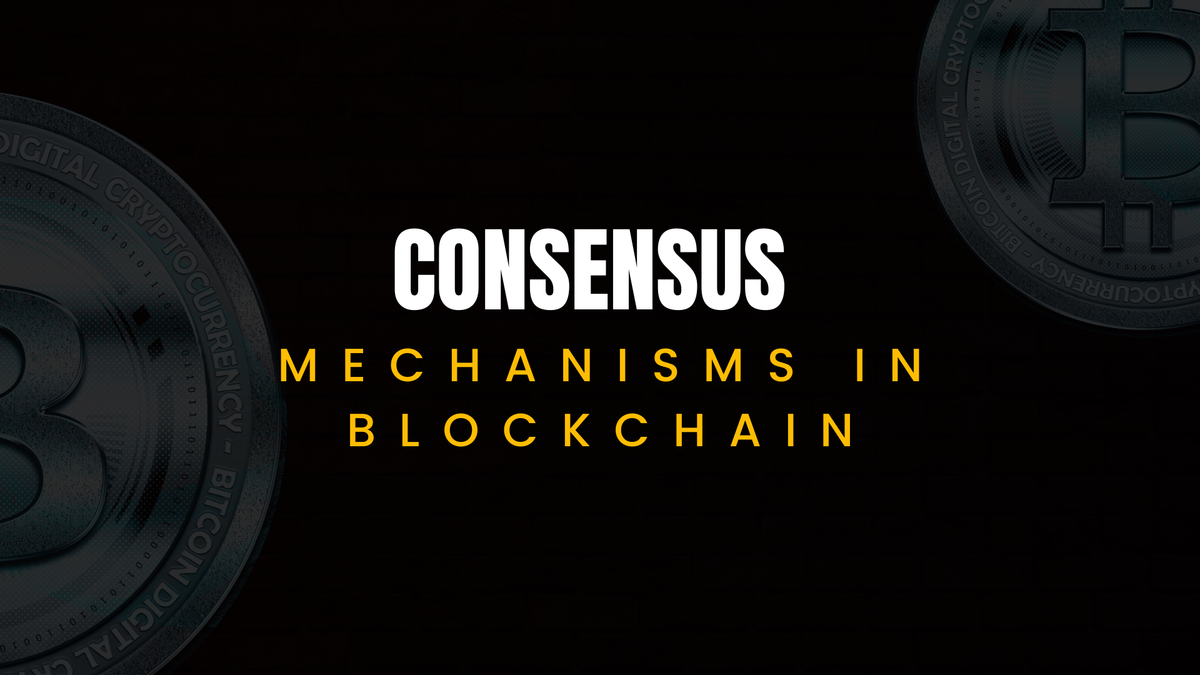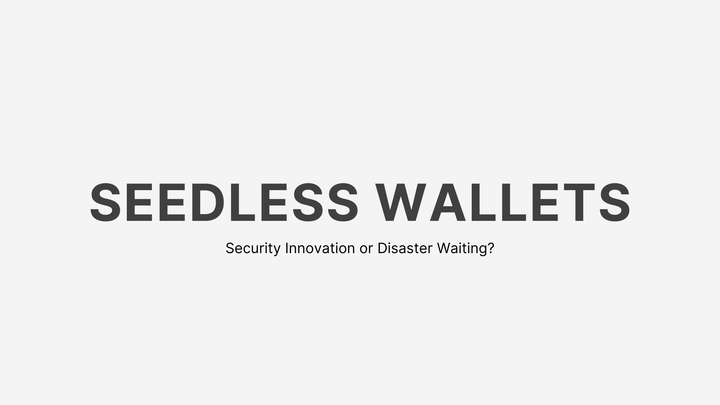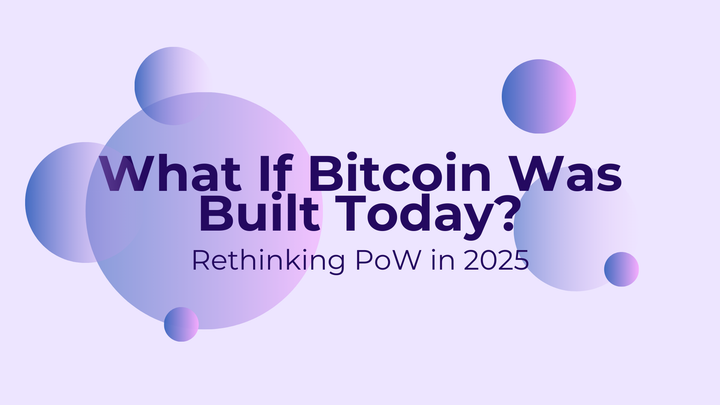Consensus Mechanisms in Blockchain

Introduction to Blockchain and Consensus Mechanisms
Blockchain technology is a paradigm shift in digital information management, offering transparency, security, and decentralization. It records transactions in a distributed ledger, accessible across a peer-to-peer network, solving issues like double-spending through cryptographic linking of blocks (Investopedia - Consensus Mechanism). Consensus mechanisms are protocols that enable this decentralized agreement, replacing slower, sometimes inaccurate human verifiers with automated group verification. They are essential for maintaining the blockchain's integrity, security, and functionality, especially in permissionless networks where no single entity controls the system.
Definition and Importance
A consensus mechanism is a system enabling distributed processes to agree on a single data value, ensuring each transaction is verified and agreed upon before being added to the blockchain (Zfort - Consensus Mechanisms in Blockchain). This is crucial in decentralized environments without a central authority, ensuring:
- Transaction Validation: Multiple nodes validate transactions to prevent fraud, enhancing security.
- Network Agreement: Achieving universal agreement on the blockchain state ensures consistency across all nodes.
- Decentralization and Trust: Promotes decentralization, reducing reliance on single authority, enhancing trust.
- Security against Attacks: Robust against attacks, e.g., PoW requires significant computational effort, deterring 51% attacks.
- Data Integrity and Immutability: Makes retrospective changes difficult, ensuring trustworthy transaction records.
Research suggests these mechanisms are vital for scalability, with varying levels affecting transaction throughput, and energy efficiency, addressing environmental concerns (Visa - Consensus Mechanisms).
Types of Consensus Mechanisms
Here are most of the common consensus mechanisms, their workings, advantages, disadvantages, and examples:
Proof of Work (PoW)
- How It Works: Miners solve complex mathematical puzzles, with the first to solve adding the next block and earning rewards. It requires significant computational power, deterring malicious actors.
- Advantages: High security due to computational effort; widely used, e.g., Bitcoin.
- Disadvantages: Energy-intensive, with high costs and environmental concerns; slow transaction processing (about 7 TPS for Bitcoin).
- Example: Bitcoin uses PoW, with miners using powerful computers for cryptographic puzzles (Investopedia - Consensus Mechanism).
Proof of Stake (PoS)
- How It Works: Validators are chosen based on staked coins, reducing computational needs. It's more energy-efficient, with selection often random or based on stake size.
- Advantages: Energy-efficient; faster transactions (15-30 TPS for Ethereum post-transition).
- Disadvantages: Risk of wealth concentration; potential centralization if large stakeholders dominate.
- Example: Ethereum shifted to PoS with Ethereum 2.0 in 2022, aiming for sustainability (GeeksforGeeks - Consensus Algorithms in Blockchain).
Delegated Proof of Stake (DPoS)
- How It Works: Token holders vote for delegates who validate transactions and create blocks, offering higher scalability but more centralization.
- Advantages: High throughput; energy-efficient.
- Disadvantages: Less decentralized; risk of delegate collusion.
- Example: EOS and Tron use DPoS for faster, scalable operations (Zfort - Consensus Mechanisms in Blockchain).
Proof of Authority (PoA)
- How It Works: Approved accounts (validators) create blocks, with their identity at stake, incentivizing honesty. It's centralized but efficient.
- Advantages: High speed, low latency; energy-efficient.
- Disadvantages: Centralized; less secure against validator collusion.
- Example: VeChain uses PoA for supply chain applications (Appinventiv - Blockchain Consensus Algorithms Guide).
Byzantine Fault Tolerance (BFT) and Variants
- How It Works: Designed for environments with faulty or malicious nodes, variants like Practical BFT (PBFT) and Delegated BFT (DBFT) ensure consensus despite failures.
- Advantages: High throughput, low latency; suitable for permissioned blockchains.
- Disadvantages: Less decentralized; complex to implement.
- Example: Hyperledger Fabric uses PBFT, NEO uses DBFT for smart economy (Appinventiv - Blockchain Consensus Algorithms Guide).
Proof of Burn (PoB)
- How It Works: Participants burn coins by sending them to irretrievable addresses, with burned amount determining mining chances.
- Advantages: Energy-efficient compared to PoW; can secure one blockchain by burning tokens from another.
- Disadvantages: Wasteful; may not be sustainable long-term.
- Example: Slimcoin uses PoB, though less common (Investopedia - Consensus Mechanism).
Proof of Capacity (PoC)
- How It Works: Miners use hard drive space for mining, with more space increasing chances, reducing computational needs.
- Advantages: Energy-efficient; uses storage instead of processing power.
- Disadvantages: Requires significant storage; initial setup is time-consuming.
- Example: Burstcoin uses PoC, focusing on storage-based mining (GeeksforGeeks - Consensus Algorithms in Blockchain).
Proof of Elapsed Time (PoET)
- How It Works: Nodes wait randomly, with the shortest wait time winner creating the next block, using trusted hardware for fairness.
- Advantages: Energy-efficient; fair and random.
- Disadvantages: Relies on trusted hardware; limited to permissioned networks.
- Example: Sawtooth Lake, part of Hyperledger, uses PoET (Appinventiv - Blockchain Consensus Algorithms Guide).
Each mechanism addresses the blockchain trilemma—balancing security, scalability, and decentralization—differently. PoW, for instance, offers high security but sacrifices scalability and energy efficiency, with Bitcoin consuming 175.87 TWh annually as of December 2024, comparable to Poland's usage (Investopedia - Consensus Mechanism). PoS, adopted by Ethereum 2.0, aims to address this, handling 15-30 TPS, reflecting efforts to balance efficiency and security (GeeksforGeeks - Consensus Algorithms in Blockchain).
Objectives and Properties
Consensus mechanisms have objectives like unified agreement, aligning economic incentives, fairness, preventing double-spending, and fault tolerance (Appinventiv - Blockchain Consensus Algorithms Guide). A good mechanism should be safe (all nodes generate valid results), inclusive (all nodes vote), participatory (all contribute to updates), and egalitarian (equal vote value). Bad protocols can lead to blockchain forks, poor performance (e.g., increased latency), and consensus failure, highlighting the need for robust design.
Real-World Examples and Case Studies
- Bitcoin (PoW): Known for high security, but its energy cost (175.87 TWh annually) raises environmental concerns, driving interest in alternatives (Investopedia - Consensus Mechanism).
- Ethereum (PoS): Transitioned in 2022 to PoS, aiming for energy efficiency while maintaining security, with TVL exceeding $46 billion in 2024, indicating strong adoption (Zfort - Consensus Mechanisms in Blockchain).
- EOS (DPoS): Offers faster, scalable operations, but some centralization, reflecting trade-offs in decentralization for performance (Appinventiv - Blockchain Consensus Algorithms Guide).
Comparison and Trade-Offs
The comparison table above highlights trade-offs. PoW is secure but energy-intensive, while PoS and DPoS offer efficiency at the cost of potential centralization. BFT variants excel in permissioned settings but are less decentralized. The choice impacts performance, security, and adoption, with ongoing debates on environmental impact, especially for PoW, fueling innovation in sustainable mechanisms.
Conclusion
The field is evolving, with hybrid mechanisms combining PoW and PoS for balance, sharding for scalability, and quantum-resistant algorithms for future-proofing. AI and machine learning are explored for optimizing consensus, detecting anomalies, and addressing the blockchain trilemma. Proposals include quantum state-based and AI-enhanced protocols, aiming for fair reward models and reduced environmental impact (Investopedia - Consensus Mechanism). Ethereum 2.0's PoS transition exemplifies this, with projects like Proof of Activity (PoA) and Proof of Importance (PoI) emerging for innovative approaches (Appinventiv - Blockchain Consensus Algorithms Guide).
Key Citations
- Investopedia Consensus Mechanism Explanation
- GeeksforGeeks Consensus Algorithms in Blockchain
- Visa Consensus Mechanisms for Payments
- Zfort Consensus Mechanisms in Blockchain Guide
- Appinventiv Blockchain Consensus Algorithms Analysis
MITOSIS official links:
GLOSSARY
Mitosis University
WEBSITE
X (Formerly Twitter)
DISCORD
DOCS



Comments ()